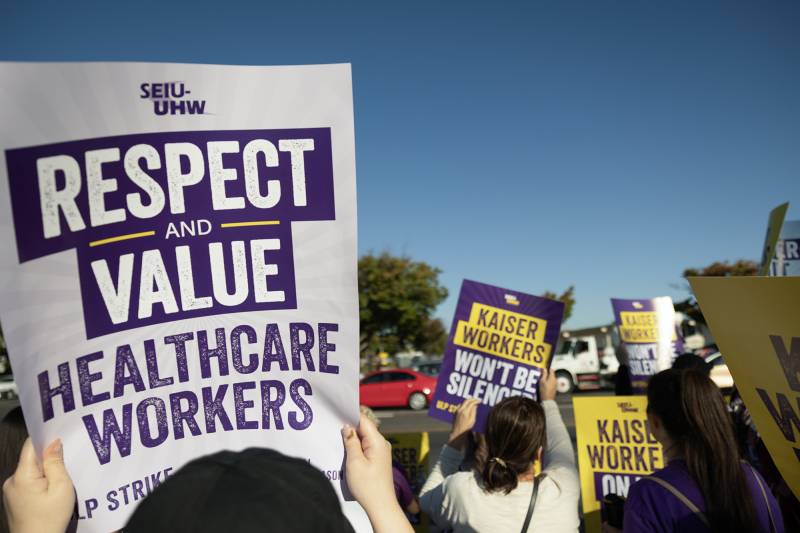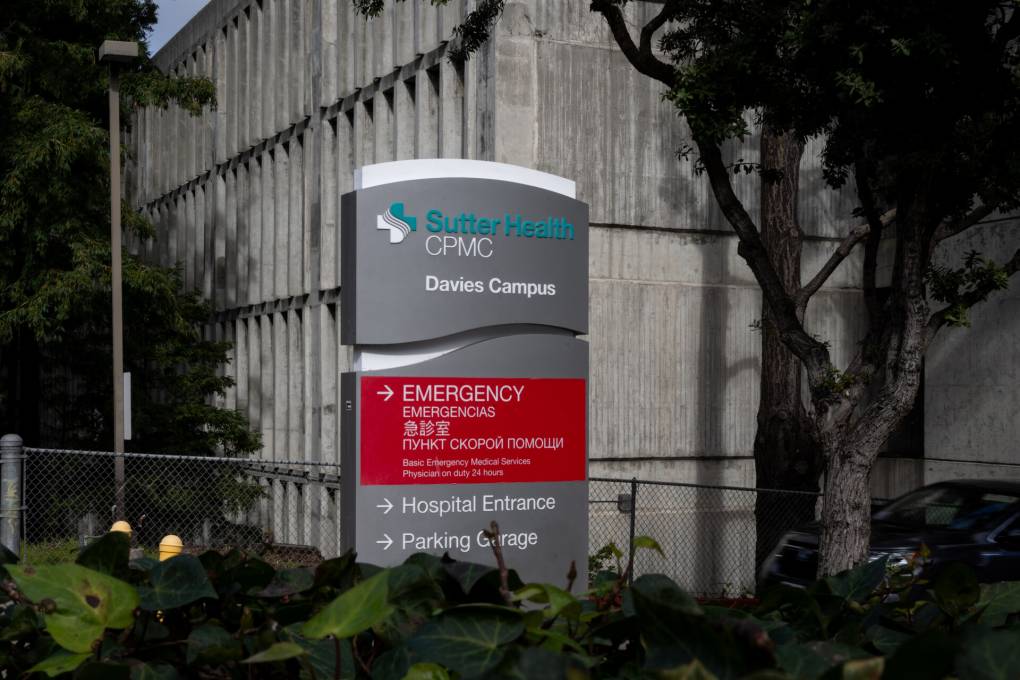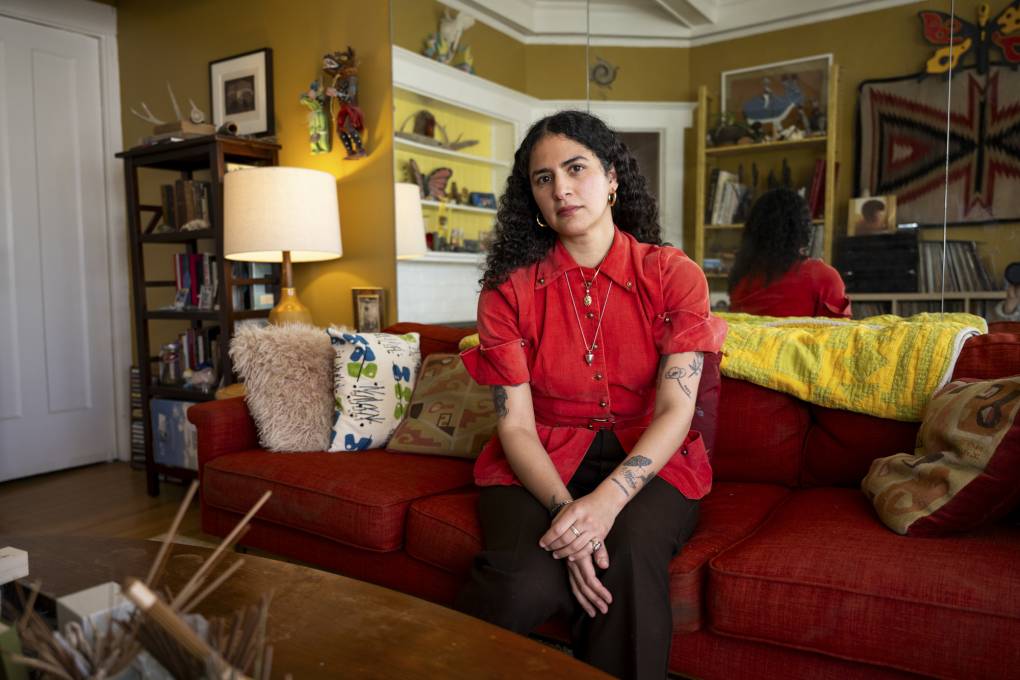Nationally, union membership among medical residents has expanded from 17,000 to more than 32,000 in a little over three years. There are more than 144,000 doctors in residency programs nationally, according to the Association of American Medical Colleges. In California, the number of unionized medical residents has grown by 62% since 2020, said Annie Della Fera, a spokesperson for the Committee of Interns and Residents.
In a statement, a spokesperson for Kaiser Permanente said the organization is committed to providing a good learning and working environment.
“We respect our long-standing relationships with labor unions and the rights of our employees to make decisions about whether they want to be represented by a union,” the statement said.
Increased pay, overtime compensation, housing stipends and more manageable schedules are at stake. Unions representing residents have bargained for fertility benefits to support delayed family planning. Dr. Berneen Bal, a third-year psychiatry resident at Kaiser’s Oakland Medical Center, said some colleagues have even traveled out of state where it’s cheaper to freeze eggs.
“As more residencies have unionized, it’s put greater criticism on this training structure that we’ve all just accepted for so long,” Bal said.
Pay for medical residents in California
At Kaiser’s eight Northern California hospitals, residents make around $80,000 per year and typically work between 60 to 80 hours a week, getting one day off per week, Anderson said. The pay range for residents at other non-unionized health systems in California is similar or lower. In contrast, starting salaries for full-fledged physicians are nearly $300,000 depending on specialty.
Unions represent few certified doctors in California because many employment structures make them business partners and prohibit them from joining a labor organization. Many doctors participate in the politically powerful California Medical Association, which represents their interests in the Capitol.
Doctors-in-training have long bemoaned grueling workweeks and little pay, but the pandemic fueled unionization, said Ken Jacobs, co-chair of the UC Berkeley Labor Center.



